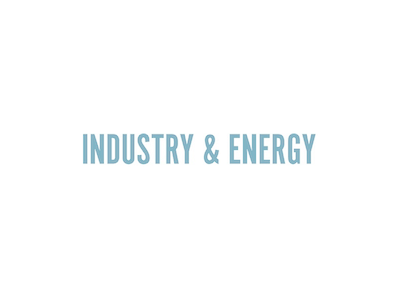Is importing a million tons of green hydrogen a year feasible in the Amsterdam port? That is what five parties are investigating under the name H2Gate. They share the vision that besides local production of hydrogen, import is also necessary to meet future demand in Europe.
The initiative lies with Port of Amsterdam and tank storage company Evos. They want to make the import and storage of one million tons of green hydrogen per year possible. Together with Electriq Global, Hydrogenious and Hysilabs, they are investigating the technical and commercial feasibility of the plan over the next six months. The parties are also working on a blueprint for an import, storage, distribution and trading hub, and outlining a roadmap towards 2030.
Hydrogen carriers
To transport large quantities, hydrogen must be highly compressed and cooled. In the H2Gate project, the five partners are exploring the possibilities of different hydrogen carriers. This may later lead to studies and pilot projects for design and realization.
Electriq Fuel, for example, is working on energy storage in the form of an inert salt. If you mix this salt, together with a catalyst, with water, each salt molecule produces four hydrogen molecules. In short, the salt has a high energy density and can be transported and stored at lower cost and with fewer safety constraints than compressed or liquid hydrogen.
An already somewhat better-known way to achieve the same is to store hydrogen in a liquid, a liquid organic hydrogen carrier (LOHC). The German company Hydrogenious uses the oily dibenzyltoluene for this purpose. The company is now working on a fuel cell that can extract hydrogen directly from this liquid. The advantage of an LOHC is that it fits in with the existing transport streams of fuels.
The French company Hysilabs is also working with an LOHC. In this case HydroSil, a liquid derivative of silicon hydride. The company has signed a contract with Shell Gamechanger to give its technology a boost.
Rotterdam
In the middle of last year, the Port of Rotterdam Authority already released a report on hydrogen imports. It stated that by 2050 dependence on energy imports in Northwest Europe could rise to 60%. For the Netherlands, this could even be 75%. The Port of Rotterdam wants to become the hydrogen hub of Northwest Europe. To achieve this position, according to the report, it is important to invest early in the use and production of hydrogen, and especially in import and trade.
And various parties are working hard on this. For example, the Rotterdam Port Authority is investigating the feasibility of importing green hydrogen from Iceland. In Germany there is a feasibility study underway under the name HySupply into importing green hydrogen from Australia. And last year Belgium made an analysis of the import and transport chain of hydrogen from countries such as Chile, Oman, Australia and Morocco.
Photo: Ed Seeder – Port of Amsterdam





